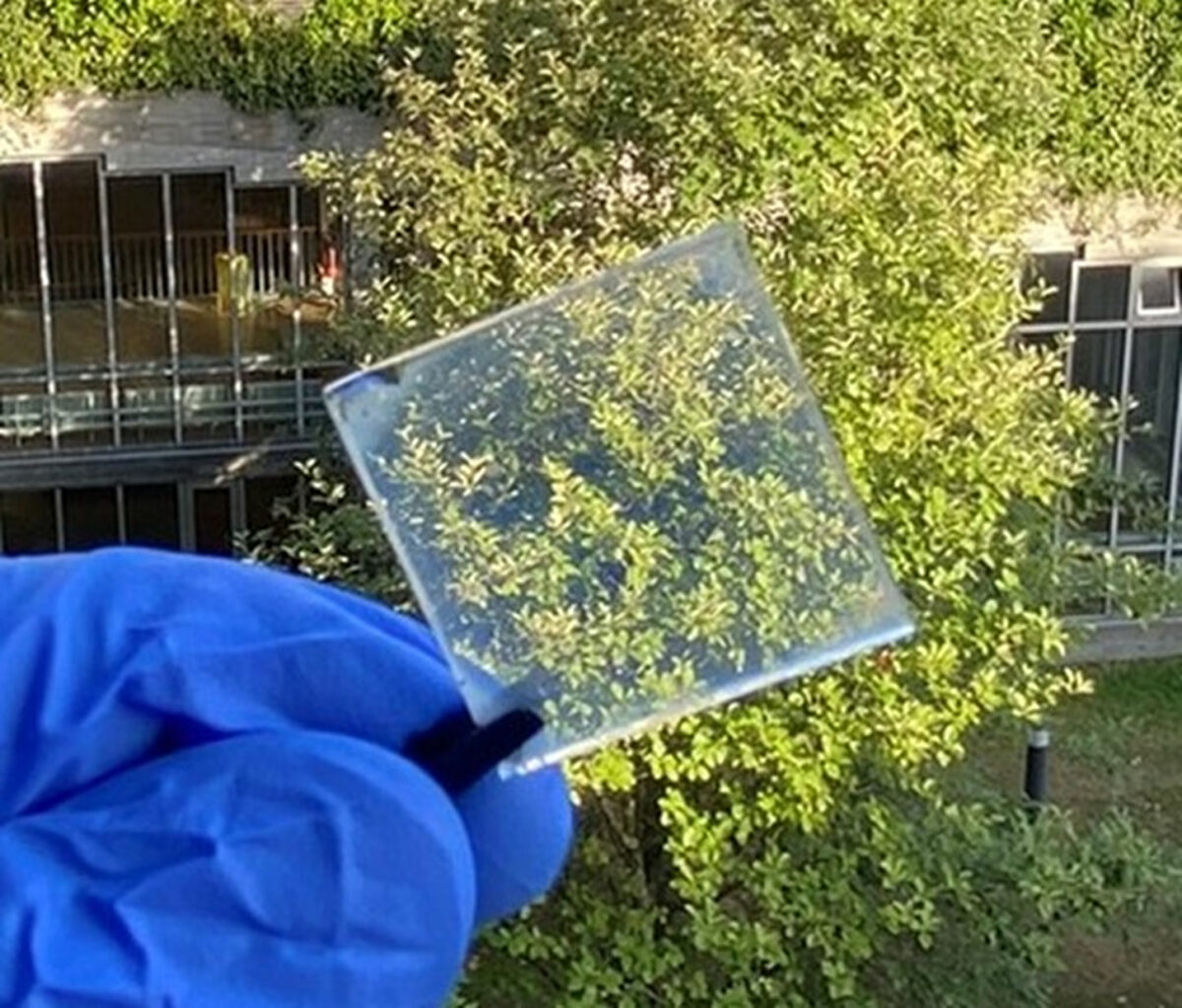Researchers at Germany's University of Stuttgart have fabricated a single-junction transparent perovskite solar cell based on hybrid methylamine lead chloride (MAPbCl3), a perovskite material with one of the highest energy bandgaps among all perovskites.
“Our new cell opens the door for wide bandgap perovskites solar cells, which will be crucial not just for applications such as Internet-of-Things (IoT) or solar windows, but also multijunction solar cells,” the research's corresponding author, Michael Saliba, told pv magazine. “Single junction perovskites with wide bandgaps have not reached high voltages yet.”
The scientists explained that the application of this material in solar cells is limited by the fast crystallization kinetics and poor solubility
of its precursors, which results in incomplete film coverage with an irregular film morphology.
To overcome this issue, the research group adopted a two-step deposition method and annealing under molecular nitrogen (N2) gas inside a glovebox. “We demonstrate that the annealing atmosphere strongly influences the crystallization kinetics of MAPbCl3 without changing its bulk property,” stated co-corresponding author, Mahdi Malekshahi. ” During annealing in the N2 atmosphere, MAPbCl3 films exhibit poor surface coverage with many voids and a high root-mean-square (RMS) of around 64 nm.”
The academics built the cell with a substrate made of fluorine-doped tin oxide (FTO), an electron transport layer (ETL) based on carbon–titanium dioxide (C/TiO2), a TiO2 mesoporous layer, the MAPbCl3 absorber, a Spiro-OMeTAD hole-transporting layer (HTL), and a gold (Au) metal contact.
Tested under standard illumination conditions, the device achieved a power conversion efficiency of 0.81%, an open-circuit voltage of 1.71 V, a short-circuit current density of 0.73 mA cm−2, and a fill factor of 64.7%.
“It is noteworthy that such a high open-circuit voltage of 1.78 V is obtained for a wide-bandgap perovskite using conventional spiro-OMeTAD HTL,” the academics said, noting that the open-circuit voltage is the highest ever recorded to date for a perovskite solar cell based on MAPbCl3.
Popular content
“Importantly, this is achieved with the same contacts that are used for the world-record efficiency perovskite solar cells with narrow bandgaps,” added Saliba. “Surprisingly, the conventional hole-transport layer spiro-OMeTAD, optimized for narrow bandgaps, sustains such high voltages.”
The solar cell concept was described in the paper “MAPbCl3 Light Absorber for Highest Voltage Perovskite Solar Cells,” which was recently published in ACS Publications.
This content is protected by copyright and may not be reused. If you want to cooperate with us and would like to reuse some of our content, please contact: editors@pv-magazine.com.



No electrodes giving it away in pic, only forceps. Towards 7.4 V cells!